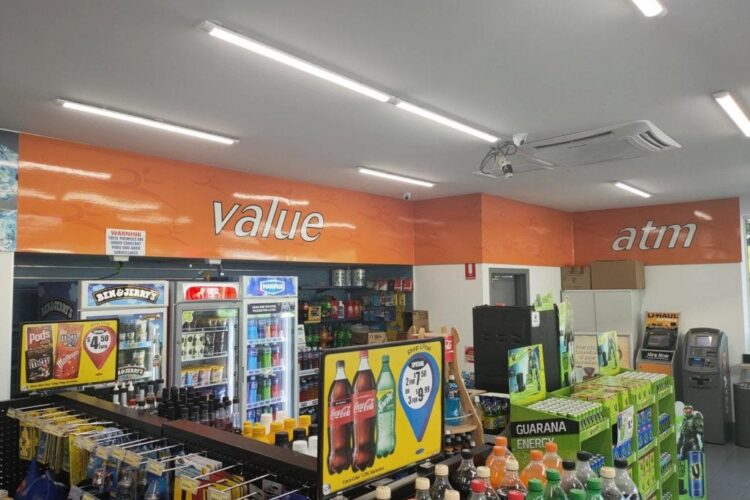Store shelves, often overlooked as mere structures, are in fact meticulously engineered spaces that significantly influence consumer behavior and sales. Store shelves have evolved from basic wooden racks to sophisticated structures incorporating elements of psychology, merchandising, and technology. Modern shelves are designed to:
- Maximize product visibility: Strategic placement of products at eye level and in high-traffic areas.
- Optimize product presentation: Creating visually appealing displays that encourage impulse purchases.
- Facilitate customer navigation: Clear and logical shelf layouts to guide customers through the store.
- Enhance brand image: Aligning shelf design with the store’s overall aesthetic and brand identity.
Benefits of the Future of Store Shelves
The evolution of store shelves from static structures to dynamic, data-driven platforms offers a multitude of benefits for retailers and consumers alike.
For Retailers
- Enhanced Inventory Management: Real-time tracking of product levels eliminates stockouts and overstocks, optimizing inventory turnover.
- Improved Operational Efficiency: Automated data collection reduces labor costs associated with manual inventory counts and stock replenishment.
- Data-Driven Decision Making: Shelf analytics provide valuable insights into product performance, customer behavior, and store layout optimization.
- Loss Prevention: Advanced sensors can detect theft, product damage, and expiration dates, minimizing shrink.
- Enhanced Customer Experience: Personalized recommendations, interactive displays, and product information improve customer satisfaction.
For Consumers
- Convenient Shopping: Access to product information, reviews, and comparisons at the point of sale.
- Personalized Experiences: Tailored product recommendations based on individual preferences.
- Reduced Wait Times: Faster checkout and efficient order fulfillment.
- Improved Product Discovery: Interactive displays and virtual try-ons enhance the shopping experience.
The Science Behind Shelf Placement
The science of merchandising, often referred to as planogram development, is crucial in optimizing shelf layout. By analyzing factors such as product category, customer demographics, and sales data, retailers can create effective shelf plans. Key considerations include:
- Product placement: High-profit products should be placed at eye level, while impulse items can be strategically located near checkout counters.
- Shelf height: Different product categories may require varying shelf heights to accommodate product size and packaging.
- Facing: The number of product units displayed on a shelf face can influence purchase decisions.
- Shelving density: The amount of product on a shelf can impact customer perception of product availability.
Materials and Design Considerations
Store shelves are constructed from a variety of materials, including wood, metal, glass, and acrylic. The choice of material depends on factors such as product weight, store aesthetic, and durability requirements.
- Wood: Offers a warm and natural look, ideal for high-end retail environments.
- Metal: Provides strength and durability, suitable for heavy products or high-traffic areas.
- Glass: Creates a sleek and modern look, perfect for showcasing premium products.
- Acrylic: Offers clarity and versatility, often used for product displays.
Shelf design also incorporates elements such as lighting, color, and signage to enhance product appeal. For example, backlighting can highlight products, while color-coordinated shelves can create a visually pleasing display.
The Future of Store Shelves
As technology continues to advance, store shelves are becoming more than just display units. Interactive shelves equipped with digital screens can provide product information, customer reviews, and even personalized recommendations. Additionally, smart shelves with sensors can track inventory levels and trigger automatic reordering.

